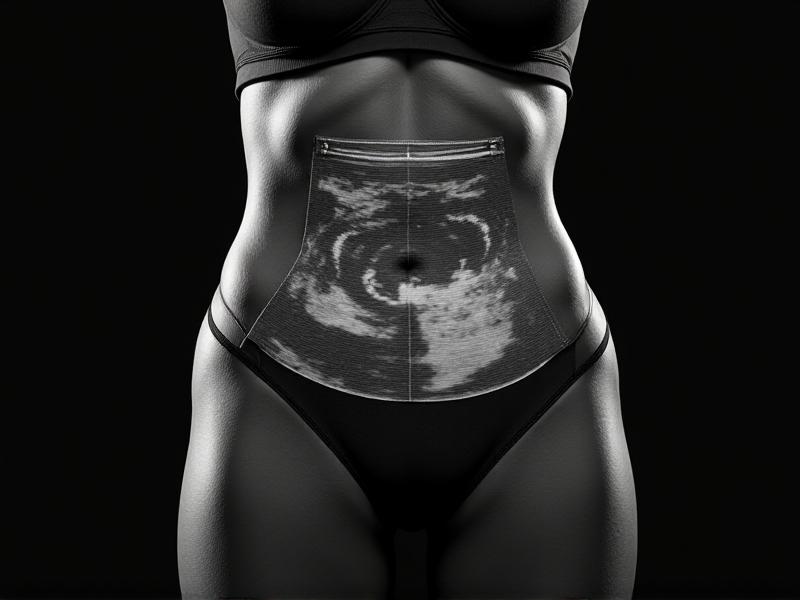Pelvic Tilt Variations for Core Re-education
Understanding Pelvic Tilt Variations
Pelvic tilt variations are fundamental movements that play a crucial role in core re-education and overall body alignment. The pelvis, often referred to as the body's powerhouse, acts as a bridge between the upper and lower body. Understanding the different types of pelvic tilts—anterior, posterior, and lateral—is essential for addressing postural imbalances and enhancing core stability.
An anterior pelvic tilt occurs when the front of the pelvis drops forward, often leading to an exaggerated lumbar curve. This tilt is commonly associated with tight hip flexors and weak abdominal muscles. On the other hand, a posterior pelvic tilt involves the pelvis tilting backward, flattening the lower back. This variation is often seen in individuals with tight hamstrings and weak glutes. Lateral pelvic tilts, or hip hikes, occur when one side of the pelvis is higher than the other, often due to muscle imbalances or scoliosis.
By recognizing these variations, individuals can tailor their core re-education exercises to address specific imbalances. For instance, someone with an anterior tilt might focus on strengthening their lower abdominals and stretching their hip flexors, while someone with a posterior tilt might prioritize glute activation and hamstring stretches. Understanding these variations is the first step toward achieving optimal pelvic alignment and core function.
The Role of Pelvic Tilt in Core Stability
Core stability is the foundation of functional movement, and the pelvis plays a pivotal role in maintaining this stability. A well-aligned pelvis ensures that the core muscles, including the transversus abdominis, multifidus, and pelvic floor, can work efficiently. When the pelvis is misaligned, these muscles may become overactive or underactive, leading to compensatory movement patterns and potential injuries.
Pelvic tilt variations directly influence the engagement of core muscles. For example, an anterior pelvic tilt can cause the lower back muscles to overwork, while the abdominals may remain underutilized. Conversely, a posterior pelvic tilt can lead to overactivation of the glutes and hamstrings, often at the expense of the lower back muscles. Lateral tilts can create asymmetrical loading on the core, further destabilizing the spine.
Core re-education exercises that incorporate pelvic tilt awareness can help restore balance. Movements like pelvic tilts on a stability ball, supine pelvic tilts, and bird-dog exercises encourage proper engagement of the core muscles while promoting pelvic alignment. By integrating these exercises into a regular routine, individuals can enhance their core stability, improve posture, and reduce the risk of injury.

Common Causes of Pelvic Misalignment
Pelvic misalignment can stem from a variety of factors, including lifestyle habits, muscle imbalances, and structural issues. Prolonged sitting, for instance, is a common culprit. When seated for extended periods, the hip flexors can become tight, pulling the pelvis into an anterior tilt. Similarly, poor posture while standing or walking can contribute to pelvic misalignment over time.
Muscle imbalances are another significant factor. Weak glutes and abdominals, combined with tight hamstrings or hip flexors, can create an imbalance that affects pelvic alignment. Structural issues, such as leg length discrepancies or scoliosis, can also lead to lateral pelvic tilts. Additionally, injuries or surgeries that affect the lower back, hips, or pelvis can disrupt alignment and require targeted rehabilitation.
Addressing the root causes of pelvic misalignment is essential for effective core re-education. This may involve lifestyle modifications, such as incorporating more movement into daily routines, as well as targeted exercises to strengthen weak muscles and stretch tight ones. In some cases, working with a physical therapist or chiropractor may be necessary to address structural issues and develop a personalized treatment plan.

Exercises for Correcting Anterior Pelvic Tilt
Anterior pelvic tilt is a common postural issue that can lead to lower back pain and reduced core stability. Correcting this tilt involves a combination of strengthening and stretching exercises. Strengthening the lower abdominals and glutes is crucial, as these muscles help pull the pelvis back into a neutral position. Stretching the hip flexors and lower back muscles is equally important to release tension and restore balance.
One effective exercise for addressing anterior pelvic tilt is the pelvic tilt on a stability ball. Sit on the ball with feet flat on the floor, and gently rock the pelvis forward and backward. This movement encourages awareness of pelvic positioning and engages the core muscles. Another beneficial exercise is the glute bridge, which strengthens the glutes and hamstrings while promoting pelvic alignment.
Stretching exercises, such as the hip flexor stretch and the child's pose, can help release tight muscles that contribute to anterior tilt. Incorporating these exercises into a regular routine can gradually correct the tilt, improve posture, and enhance core stability. Consistency is key, as changes in pelvic alignment often take time and dedication.

Exercises for Correcting Posterior Pelvic Tilt
Posterior pelvic tilt, characterized by a flattened lower back, can also lead to discomfort and reduced core function. Correcting this tilt involves strengthening the lower back and stretching the hamstrings and glutes. Strengthening exercises, such as the superman and cat-cow stretch, help activate the lower back muscles and promote a natural lumbar curve.
Stretching exercises, such as the seated forward fold and the hamstring stretch, can help release tightness in the posterior chain. These stretches should be performed with proper form to avoid overstretching or straining the muscles. Incorporating these exercises into a regular routine can help restore pelvic alignment and improve core stability.
In addition to targeted exercises, mindfulness of posture throughout the day is essential. Avoiding prolonged sitting and maintaining a neutral spine while standing can help prevent posterior tilt from recurring. By addressing both the muscular and postural aspects of posterior tilt, individuals can achieve long-term improvements in alignment and core function.
Addressing Lateral Pelvic Tilt Through Core Re-education
Lateral pelvic tilt, or hip hike, is often caused by muscle imbalances or structural issues such as scoliosis. Correcting this tilt involves strengthening the weaker side of the body and stretching the tighter muscles. Core re-education exercises that focus on unilateral movements can help address these imbalances and promote symmetrical alignment.
One effective exercise for addressing lateral tilt is the single-leg glute bridge. This exercise strengthens the glutes and hamstrings on one side while promoting pelvic stability. Another beneficial exercise is the side-lying leg lift, which targets the hip abductors and helps correct asymmetrical loading. Stretching exercises, such as the standing side stretch and the pigeon pose, can help release tightness in the lateral chain.
Incorporating these exercises into a regular routine can gradually correct lateral tilt and improve overall alignment. Working with a physical therapist or trainer may be necessary to develop a personalized plan that addresses specific imbalances. By focusing on both strengthening and stretching, individuals can achieve balanced pelvic alignment and enhanced core stability.
Integrating Pelvic Tilt Awareness into Daily Life
Pelvic tilt awareness is not limited to exercise routines; it can be integrated into daily activities to promote long-term alignment and core stability. Simple habits, such as maintaining a neutral spine while sitting or standing, can make a significant difference. Using ergonomic furniture, such as a supportive chair or standing desk, can also help maintain proper pelvic alignment throughout the day.
Mindfulness of movement is another key aspect. Paying attention to how the pelvis moves during activities like walking, bending, or lifting can help identify and correct compensatory patterns. For example, avoiding excessive arching of the lower back while lifting heavy objects can prevent anterior tilt. Similarly, engaging the core muscles during everyday tasks can promote stability and alignment.
Incorporating regular stretching breaks into the day can also help release tension and maintain flexibility. Simple stretches, such as the standing hip flexor stretch or the seated spinal twist, can be performed at home or in the office. By making pelvic tilt awareness a part of daily life, individuals can support their core re-education efforts and enjoy improved posture and reduced discomfort.








